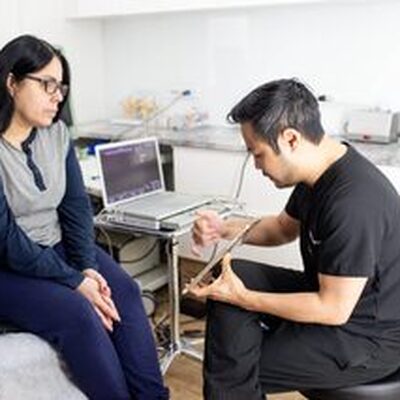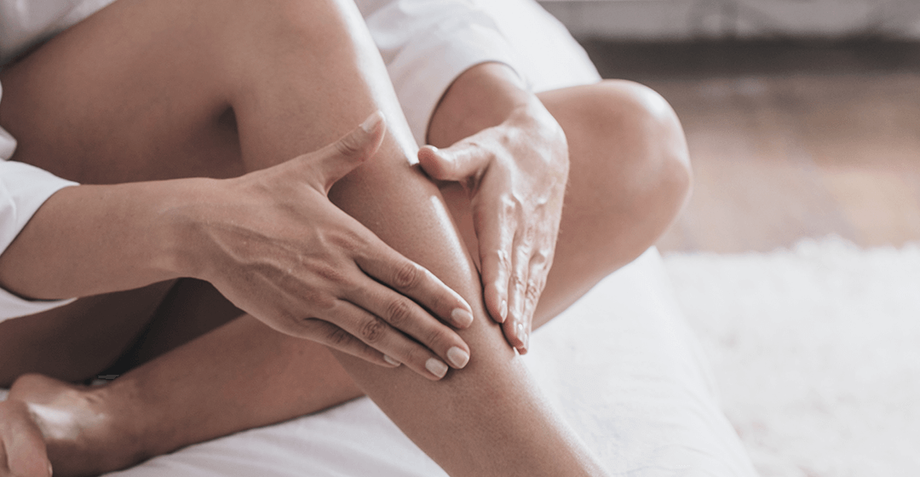What are the classes of vein diseases?
Body
Vein disease is a common problem that mainly occurs in the legs; it is a specific area for veins. It mostly gets worsens when you age and can become severe sometimes.
Veins disease generally occurs in the legs, ankles, and feet due to blood flow through them, and when the portion does not send blood back to the heart, blood starts pooling and forms blood clots. What Kind of Doctor is a Vein Specialist? A doctor who has specialized in vein diseases such as varicose veins and spider veins are vein specialist who has special training in treating vein disease.
The types of vein diseases are:
Varicose veins
Varicose veins are enlarged veins that lay just under the skin's surface. Vein diseases are caused by forming of blood clots. It is the most common vein problem, affecting millions of people, and mainly affects women more than men.
Appearing of varicose veins occurs when the veins near your legs swell to the point that you can feel them through the surface of your skin. Varicose veins appear on the skin when the valves in your veins fail, or the blood vessel walls get weak.
Varicose veins can cause swelling in the legs and ankles, causing pain, discomfort, and heaviness.
It makes the condition worse and more uncomfortable, leading to a greater risk of other diseases.
Spider veins
Spider veins are not as harmful as varicose veins. It is a cosmetic change in your body, and they likely appear on your legs or face. On your legs, they result from the valves or blood vessel walls diluting, which can also cause varicose veins.
On your face, they can appear because of the result of sun damage or increased facial pressure. Comparing varicose veins with spider veins, spider veins are painless because they don't swell or become twisted; they appear on the skin like a spider web.
Chronic venous insufficiency
When the blood doesn't flow back to the heart generally as it should,, it is due to chronic venous insufficiency. They no longer work effectively to transfer the blood back to the heart and start forming blood clots. Usually, the veins in your leg are compressed when you strangle your leg muscles, which generally helps the blood to keep moving. Blood clots are formed when this causes errors in flowing, and vein diseases lead to extreme pain and discomfort in your legs.
This can also happen when you do not exercise or if your veins become weaker, it can cause the blood to start pooling in your legs instead of rushing back to the heart.
Symptoms of chronic venous insufficiency include:
- Swelling can occur in your legs, feet, or ankles.
- Feeling your tiredness and tightness in your legs with a pinching ache or heaviness in your legs.
- Discoloration and itching in your legs.
- Having sores or ulceration issues in your legs that do not heal.
Deep vein thrombosis
This vein disease (DVT) is the most severe type of vein issue you should treat once you notice it. It results from a blood clot or thrombosis in the deep vein within your pelvis or legs.
If the blood clot formed in your skin breaks within your pelvis or legs, this can lead the blood to travel through the vein and become nestled in your heart or lungs. This is called a pulmonary embolism, which you should treat immediately, or it can become severe.
Conclusion:
If you have any symptoms like vein problems, the best step is to talk or consult your doctor and discuss your vein symptoms.
Thinking about What is a Vein Doctor Called? Vein doctor diagnoses, treat, and manages all conditions in your arteries and veins, called your blood vessels. These specialists are experts in treating vein diseases and health problems, from spider and varicose veins.
Article Source : https://www.transitsblog.com/what-are-the-classes-of-vein-diseases/













Comments